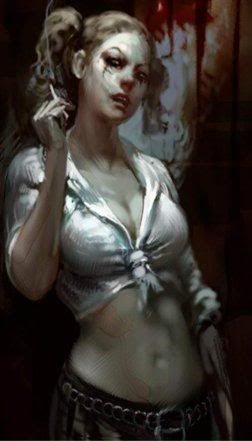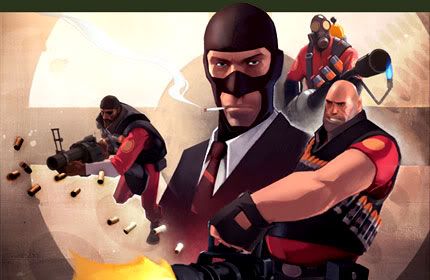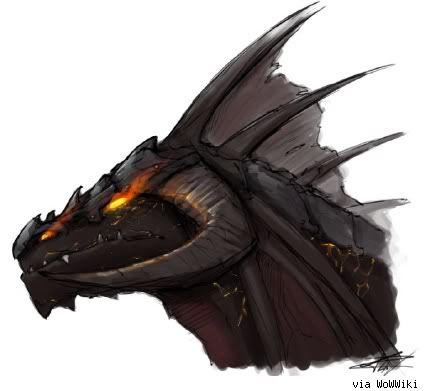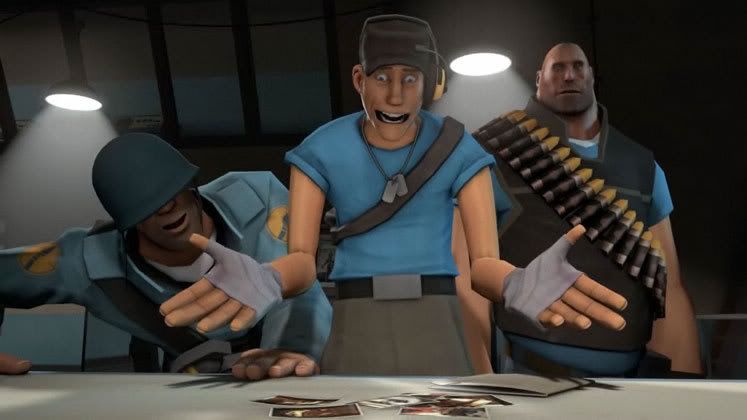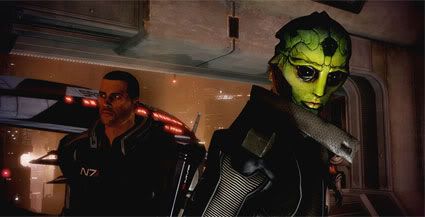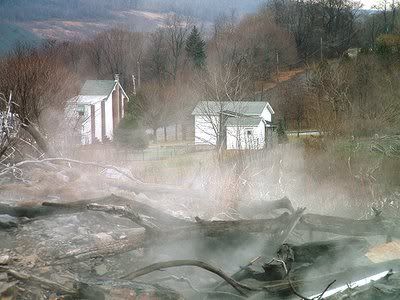Welcome to post #300. THIS! IS! ALCHEMY! *boots Edward Cullen into a bottomless pit*
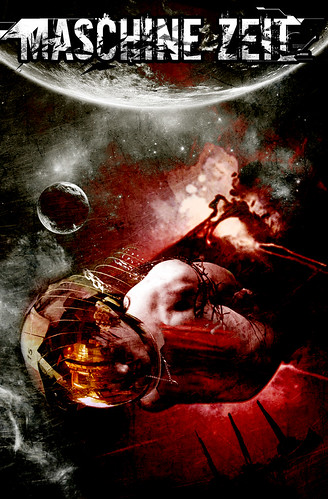
I’ve written previously about a little game called Maschine Zeit. It’s about time I did up an official review of it, in the spirit of promoting it, and if I were to sum it up it one word, it’d be “atmospheric.”
In any form of horror-based narrative, any situation where we’re to be put on edge if not scared out of our minds, there needs to be the element of the unknown. We fear what we don’t understand, and we can’t understand what we don’t know, or can’t predict. Basically, effective horror uses the unexpected and springs it on us, whether it creeps across the floor inexorably with stringy hair across its eyes or latches onto us for a mouthful of brain as we round a corner. If we see it coming, it’s not scary.
Maschine Zeit gets that. Boy, does this game ever get that.
The year is 2110. The Machine Age has begun. Humanity is, for all intents and purposes, on its way out. A series of events have put the bulk of the population back on their heels, trying to get their bearings. A population control method, moving people to giant space platforms tethered to the Earth, has not worked as planned. Among the other disasters, gamma radiation bathed the stations and killed most of the people there. This ray burst had two other side effects now coming to the attention of the curious, the adventurous and the insane on the planet below. One, the radiation has changed some of the metal on the stations and given it almost supernatural properties. And two, rumors abound that the radiation has caused the stations to be haunted with strange bio-mechanical beings that were once human. This is the story of Maschine Zeit, the game of ghost stories on space stations.
A lot of tabletop games have one person laying down the tracks of the plot, while the players decide how quickly and with what sort of engine they’ll proceed down those tracks. It’s an effective method for telling collaborative stories, be that one person called a Dungeon Master or a Storyteller or what have you. In Maschine Zeit, the Director might have some plot ideas, but they are not in control of the story. More accurately, they have just as much control over the story as you would as a player. Its system supports ensemble work, a true collaboration of creative minds. No one character is more important than another, and the Director does not impose their ideas on the group.

The way the game is designed, every character has a goal, and achieving that goal leads to a moment in the spotlight. Instead of the timing and circumstances of those moments being entirely up to the Director, the players take steps along the way in their journey through still, decaying sci-fi environments inspired by Pandorum or Dead Space. Not everything will go as planned, of course, but when thing are at their darkest and most terrifying, there’s a chance, built into the game’s narrative structure itself, that a player in that situation will seize control of it by saving a fellow player or destroying the monster-thing with an ingenious trap or uncovering some forbidden truth or getting that bit of magical metal to do exactly what they need it to do. Arriving at those moments, taking the reigns of the narrative and watching the dice fall into place as fate agrees to allow that moment happen, is the very essence of Maschine Zeit.
It’s not a game for everyone. It requires thinking on the spot and its subject matter and atmosphere are not for the faint of heart. But if you find yourself interested in this vision of our future, drawn to the mystery of the stations or just curious about how exactly the aforementioned moments work, check out Maschine Zeit. It’s available today (6/22) on DriveThruStuff.com, bundled with an introductory adventure for a bargain price. You can do a hell of a lot worse if you want an experience that blends horror, science fiction, and tabletop gaming in a way that you will not soon forget.


